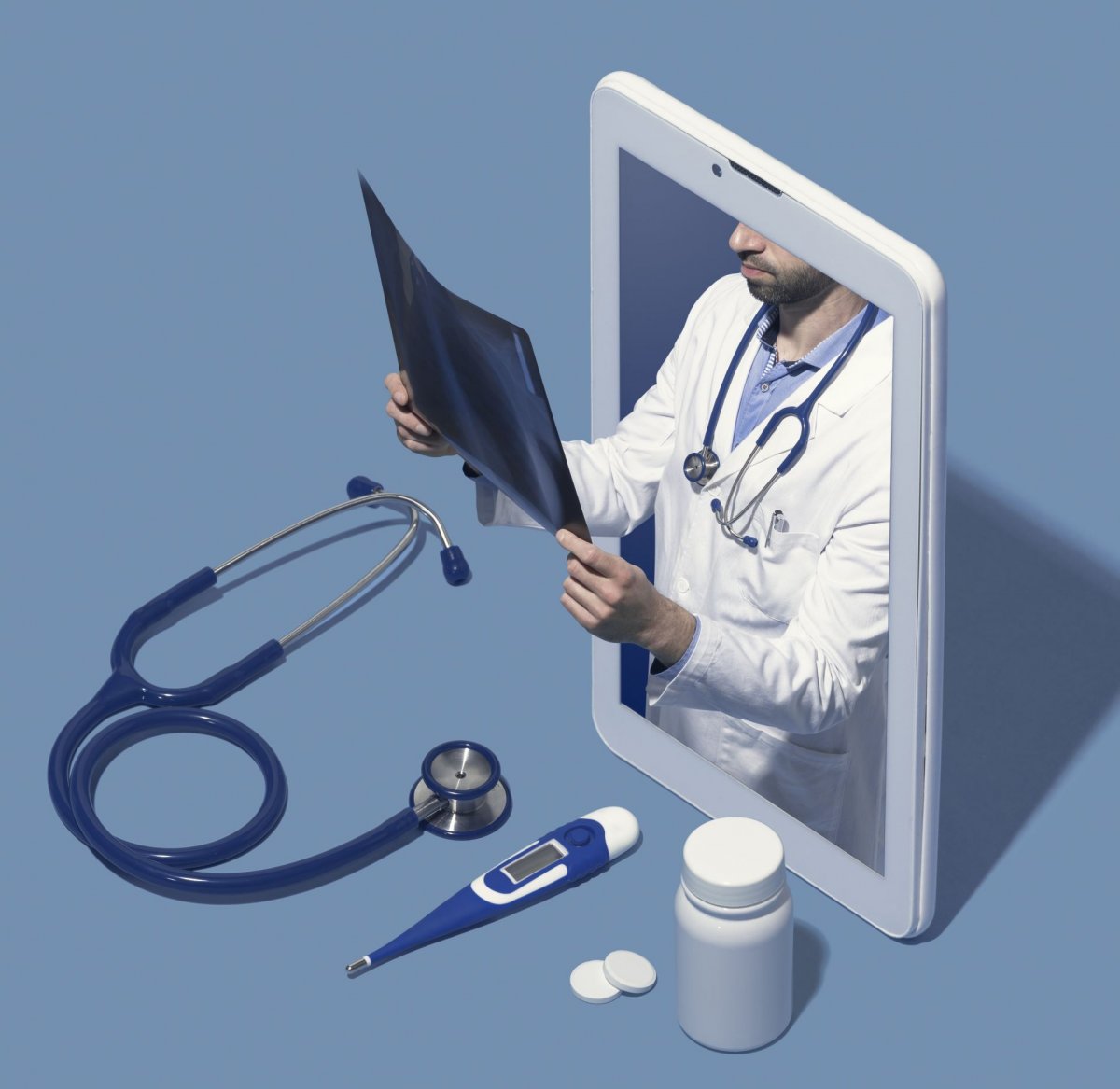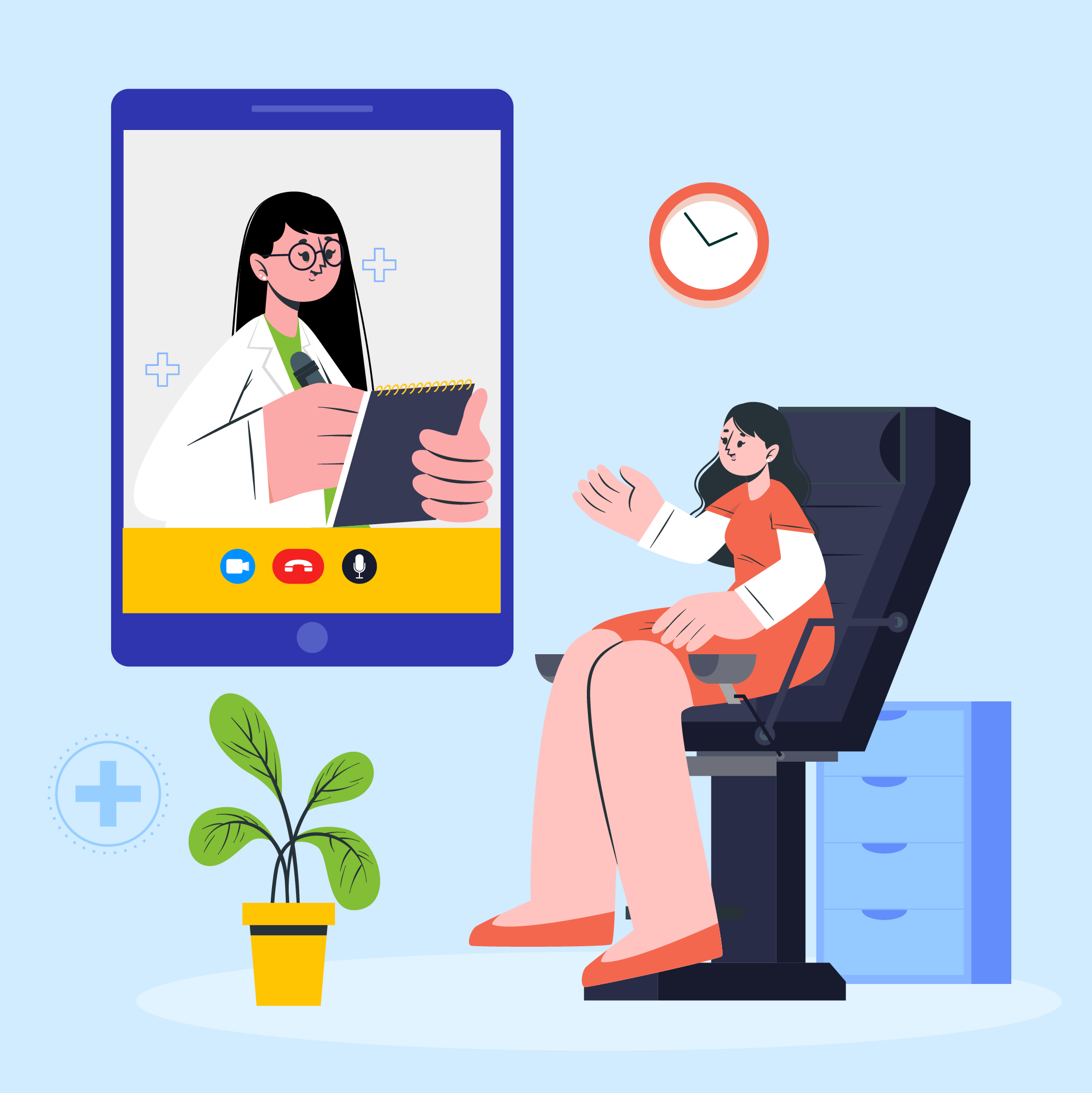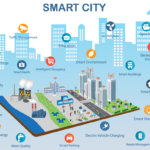5G is revolutionizing the way healthcare and telemedicine are being done in the modern world. With its blazing-fast speeds, ultra-low latency, and massive capacity, 5G is helping the healthcare industry meet new challenges and opportunities in treating, communicating, and diagnosing patients from anywhere in the world. This article will discuss the ways 5G is transforming the healthcare and telemedicine industry, from how it is improving patient care to how it is providing new opportunities for healthcare professionals. We will explore how 5G is revolutionizing healthcare and telemedicine, and how it can be used to improve patient outcomes, reduce costs, and lead to breakthroughs.
The Benefits of 5G and Telemedicine in Healthcare

5G and telemedicine in healthcare are revolutionizing the way we provide medical care. With 5G technology, healthcare providers can now access critical medical data faster than ever before. This allows for faster diagnoses, more accurate treatments, and improved patient outcomes. Telemedicine also makes it easier for patients to access medical care from anywhere, at anytime. By eliminating the need for long waits in emergency rooms and doctor’s offices, telemedicine is making healthcare more accessible and convenient for all. Additionally, 5G and telemedicine are significantly reducing healthcare costs, making it easier for people to get the care they need without breaking the bank. 5G and telemedicine in healthcare are truly making a positive impact on the healthcare industry and improving the lives of countless patients.
How 5G is Changing the Healthcare Industry

.5G is totally changing the healthcare industry. From telemedicine to medical imaging and beyond, 5G is revolutionizing how healthcare professionals provide care and how patients access it. With faster speeds, lower latency, and higher bandwidth, 5G is enabling healthcare professionals to diagnose and treat patients remotely, reducing the need for in-person visits and giving patients access to care when and where they need it. Plus, 5G is making medical imaging much more efficient, allowing for more accurate images to be taken, processed, and shared faster than ever before. 5G is also allowing for medical data to be securely shared between healthcare providers, allowing for faster diagnoses, improved patient outcomes, and better overall health. As 5G technology continues to evolve, it’s sure to have an even greater impact on the healthcare industry, making it easier for healthcare providers to provide top-notch care to their patients.
What Are the Challenges of 5G in Healthcare?

Let’s face it, 5G in healthcare is no cakewalk. While it could revolutionize the way we practice medicine and make telemedicine more accessible, it also comes with its own set of challenges. One of the biggest challenges is that 5G requires a huge amount of spectrum, which is a limited resource. This means that 5G deployment could be delayed due to spectrum availability, or limited in some areas due to lack of spectrum. Additionally, 5G signals, unlike 4G signals, are easily blocked by metal and other materials, making it difficult to guarantee a reliable connection in certain areas, especially in hospitals and other medical settings. Finally, 5G networks are significantly more expensive to build and maintain than 4G networks, so the cost of implementation is a major challenge for many healthcare providers and organizations.
Leveraging 5G and Telemedicine to Improve Patient Care

5G and telemedicine are revolutionizing the healthcare industry, making it easier than ever to get quality care no matter where you are. 5G networks are faster than ever, allowing doctors and patients to communicate quickly and securely. With 5G, patients can now get a diagnosis and treatment plan in minutes, without having to wait in a long line. Telemedicine also eliminates the need for long drives and expensive parking, making it easier for people to get the healthcare they need. With 5G and telemedicine, healthcare is becoming more convenient, accessible, and affordable for everyone. Whether you’re at home or on the go, 5G and telemedicine can help you get the care you need, when you need it.
The Impact of 5G on Patient Privacy and Security

When it comes to healthcare and telemedicine, patient privacy and security are a top priority. With the introduction of 5G technology, doctors and patients alike can be sure that their data is secure and protected. 5G networks offer faster, more reliable connections and better encryption, meaning that data is more secure and less vulnerable to being intercepted by hackers. In addition, 5G networks can help ensure that patient data remains private, as they are able to better monitor and control who has access to the data. With 5G technology, healthcare providers and patients can be confident in the knowledge that their data is kept safe and secure, allowing them to focus on their medical care free from worry.





GIPHY App Key not set. Please check settings